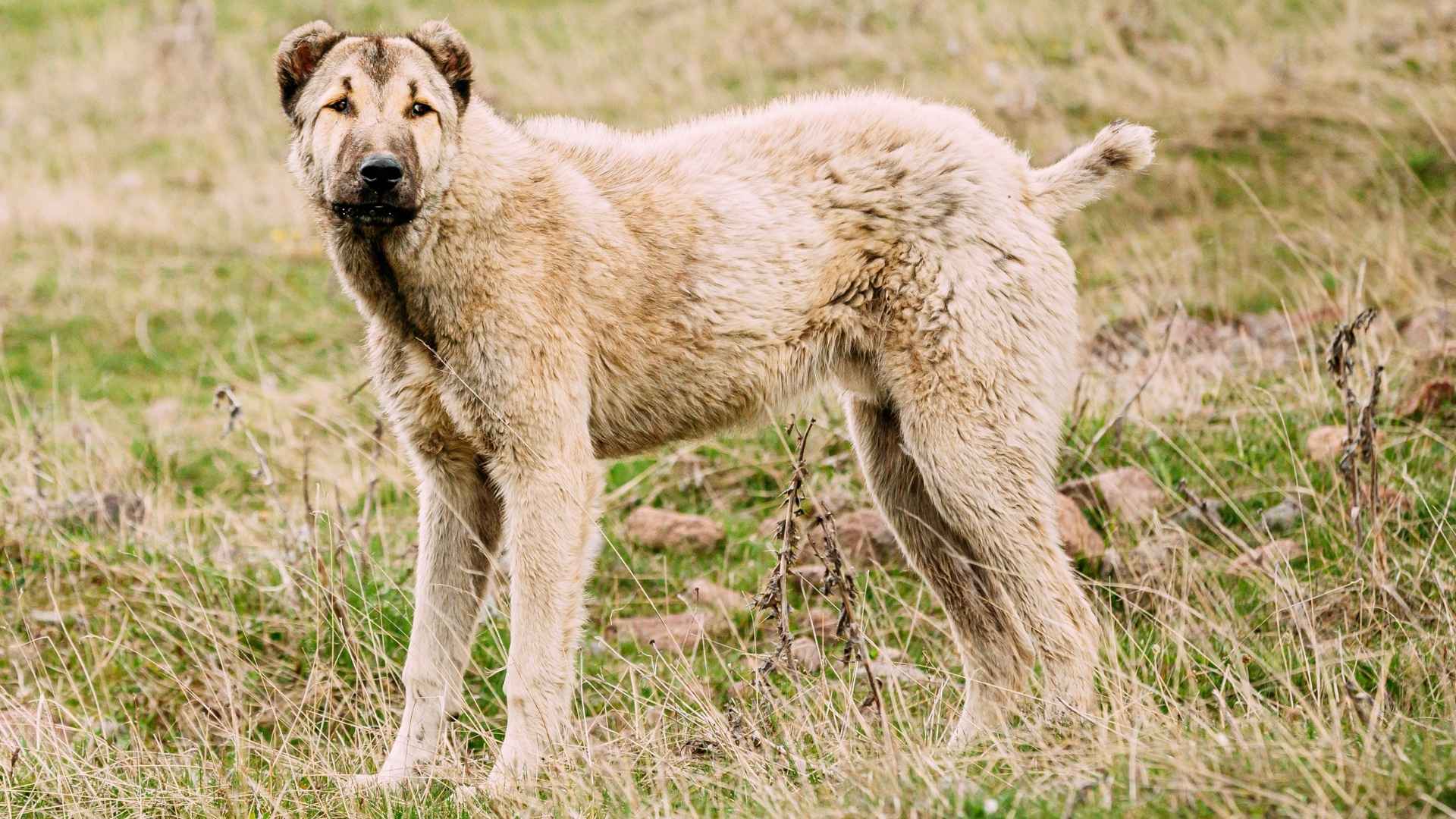What kind of dog would stand between you and a full-grown bear? Or stare down a cougar in the middle of the woods? It’s not something every owner thinks about, but in remote or wooded areas, it matters more than you’d think. Not every bark will make a predator turn back. Not every dog will stand their ground.
But some breeds are wired differently. They were born to guard herds, patrol open land, and challenge anything that dares to cross the fence line. These dogs are protection on four legs. If you live where wildlife gets bold or where trails meet territory, the dog by your side can make all the difference.
In the article ahead, you’ll meet the breeds trusted across generations to keep bears, cougars, and wild threats at bay. These dogs were made for the front line.
Dog Breeds Known To Chase Away Bears And Cougars
1. Kuvasz
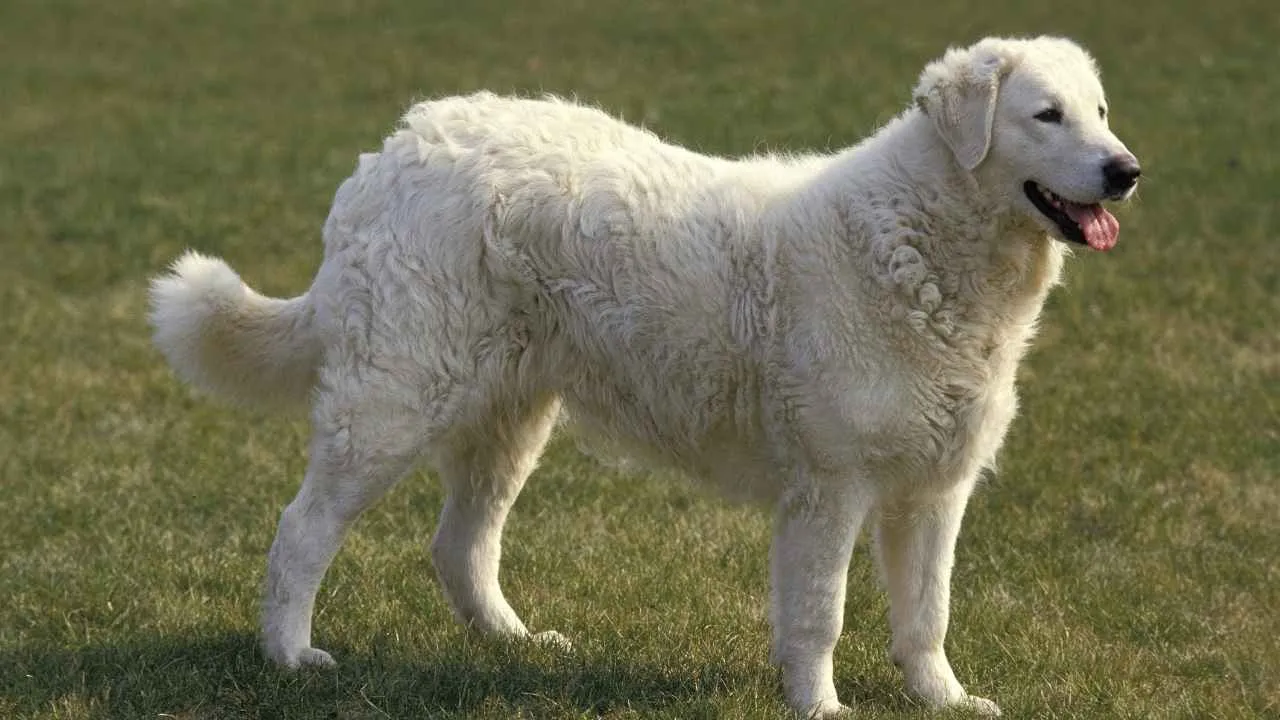
Originally bred to guard sheep against wolves and large carnivores in Hungary, the Kuvasz developed strong territorial instincts. These dogs have patrolled open lands without human direction, making decisions in high-risk zones. Their bold, no-hesitation response has made them useful even in areas known for bear activity.
Power and Size in Action
Their large frame, powerful jaw, and strong limbs give them the physical edge to stand their ground against threats. A Kuvasz can weigh over 100 pounds and carry a confident posture that often deters a grizzly bear from approaching further.
Intelligence That Responds Fast
This breed’s independent thinking and fast threat recognition are critical in places where a mountain lion may emerge. Rather than waiting for commands, they act quickly and decisively to confront or chase off intruders. Their alertness reduces reaction time when predators draw close.
Built for Remote Protection
Used in isolated regions, the Kuvasz acts as a buffer between danger and livestock or homes. Their guarding behavior extends beyond fences, offering natural coverage in predator-prone zones. In places where human safety relies on early warning, this breed is known to stand at the front.
2. Komondor

Komondors are known for establishing wide protective zones around herds or property, rarely needing commands to intervene. Their instinctive guarding behavior intensifies when an unfamiliar movement triggers their threat response. They block approach paths and physically challenge intruders when necessary.
Physical Power and Bark Deterrent
A Komondor can weigh over 120 pounds and uses its loud, sharp bark to freeze predators in place. These dogs don’t retreat when large animals enter their space, including those the size of grizzly bears. Their confidence can delay predator movement long enough to prevent attacks.
Boundary Control Instinct
This breed excels in pushing threats to a safe distance without triggering immediate conflict. It often keeps moving between livestock and danger, using motion and posture to maintain a defensive line. That reactive spacing makes it effective where mountain lions roam.
Camouflaged Watcher
Its naturally forming corded coat helps it remain unnoticed while observing predator behavior, as stated in WebMD. Hidden in plain sight, the Komondor watches for hesitation or sudden movements to predict the next action. This ability allows for a timely response before the threat fully commits.
3. Tibetan Mastiff
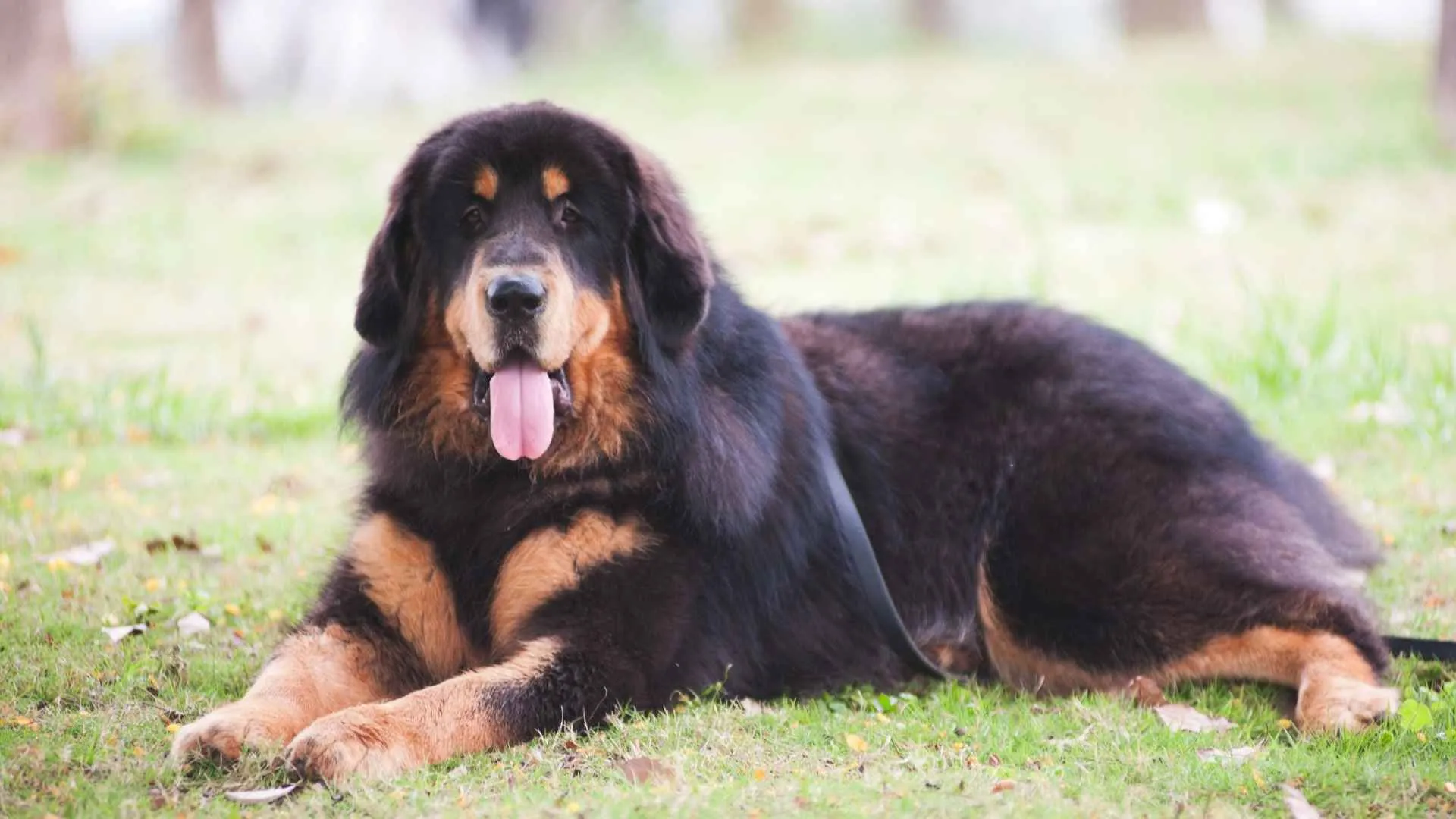
Tibetan Mastiffs hold a strong instinct to patrol and secure large perimeters without being prompted. Their territorial memory allows them to track potential threats that pass even once. This long-range awareness supports their ability to confront large animals entering guarded zones.
Mass and Psychological Pressure
Weighing up to 150 pounds with a mane-like coat, they give off a visual warning before even engaging. Their size and stance create hesitation in predators, helping to disrupt a bear attack before it escalates. Many predators choose to avoid confrontation when faced with them.
Defensive Reaction to Predators
This breed responds with high resistance and force when threatened, especially near homes or livestock. If a cougar approaches, the dog doesn’t chase randomly — it positions with strategy and waits to react. Their goal isn’t the hunt, but total area control.
Similar Role to Other Guardians
Like Karelian bear dogs, they have been used in frontier regions to discourage wildlife from approaching human settlements. Tibetan Mastiffs are known to stand their ground and create a consistent buffer between homes and wilderness. Their presence reduces conflict in shared zones.
4. Kangal
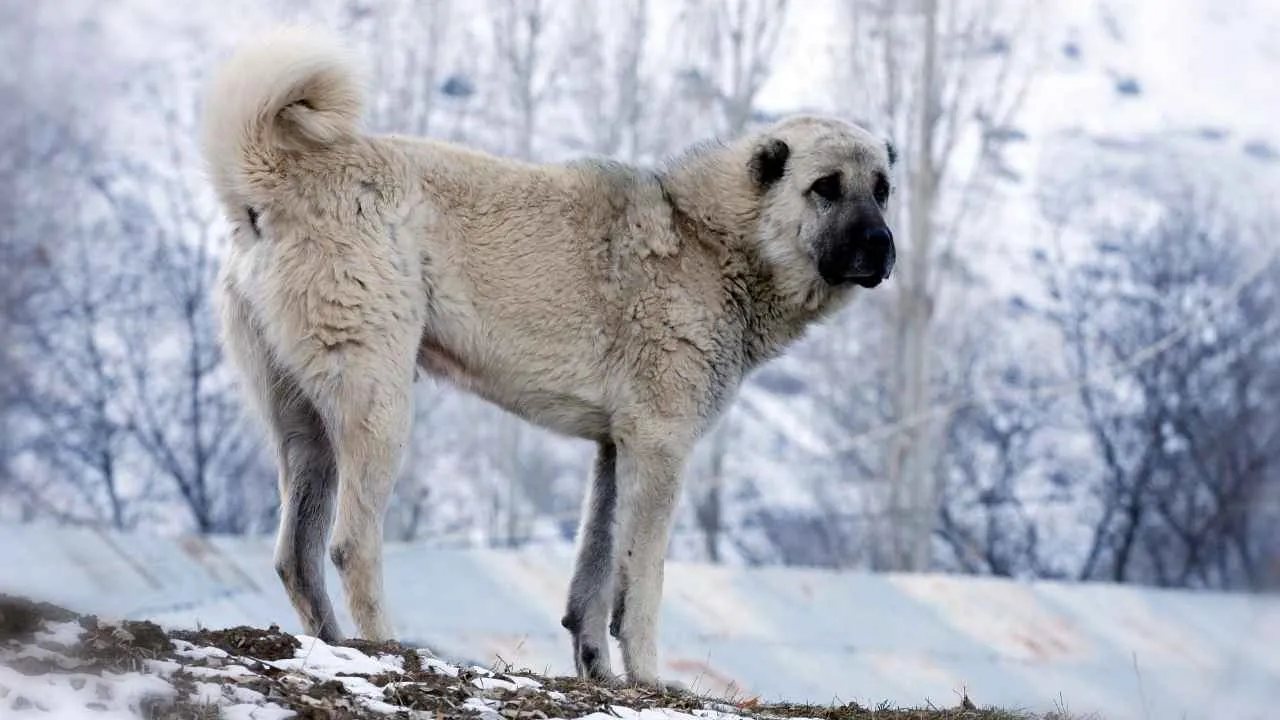
The Kangal is known for having one of the strongest bite forces among all dog breeds, measured at over 700 PSI. This allows it to hold its ground against large predators, including wolves and bears, without backing down. Its grip can stop a moving threat in direct conflict situations.
Calm Until Challenged
This breed remains composed and observant during patrols but reacts instantly when danger enters its zone. Its defensive instincts are tuned for high-risk environments, and it doesn’t hesitate to charge forward if provoked. That calculated switch is key in predator-heavy landscapes.
Zone-Based Guarding
Rather than wandering aimlessly, Kangals operate within defined territories and constantly assess their surroundings. They circle livestock or family members as a protective barrier, changing position to face external sounds or movement. This rotating presence discourages a close predator approach.
Stamina Over Hours
Built for endurance, the Kangal can guard open areas for long periods without losing focus. It stays alert in rough terrain where mountain predators often pass through. This consistency across long shifts is a major reason for its continued use in predator deterrence.
5. Anatolian Shepherd Dog

Anatolian Shepherds respond to predator movement with immediate force and full-body pressure. Their first line of action is to intercept, often targeting the head or throat region of large animals. They are known to hold ground without hesitation, even when challenged by large carnivores.
High-Alert Perimeter Awareness
This breed patrols its surroundings in calculated patterns, often predicting intrusions before they escalate. Its wide scanning range makes it suitable for open, predator-active areas. It can monitor terrain for hours without showing signs of mental fatigue.
Bite Force and Grip Control
The Anatolian Shepherd also has one of the highest bite forces among working dogs, exceeding 700 PSI. This enables it to lock onto a target long enough to disable movement or neutralize a threat. Its jaw strength is considered a critical advantage in livestock defense, according to Purina.

Independent Threat Decision-Making
The breed evaluates situations without waiting for cues from humans or other dogs. It adjusts its posture based on threat levels and chooses either to confront or displace. This natural filtering of low vs high danger makes them dependable in predator-heavy zones.
6. Maremma Sheepdog
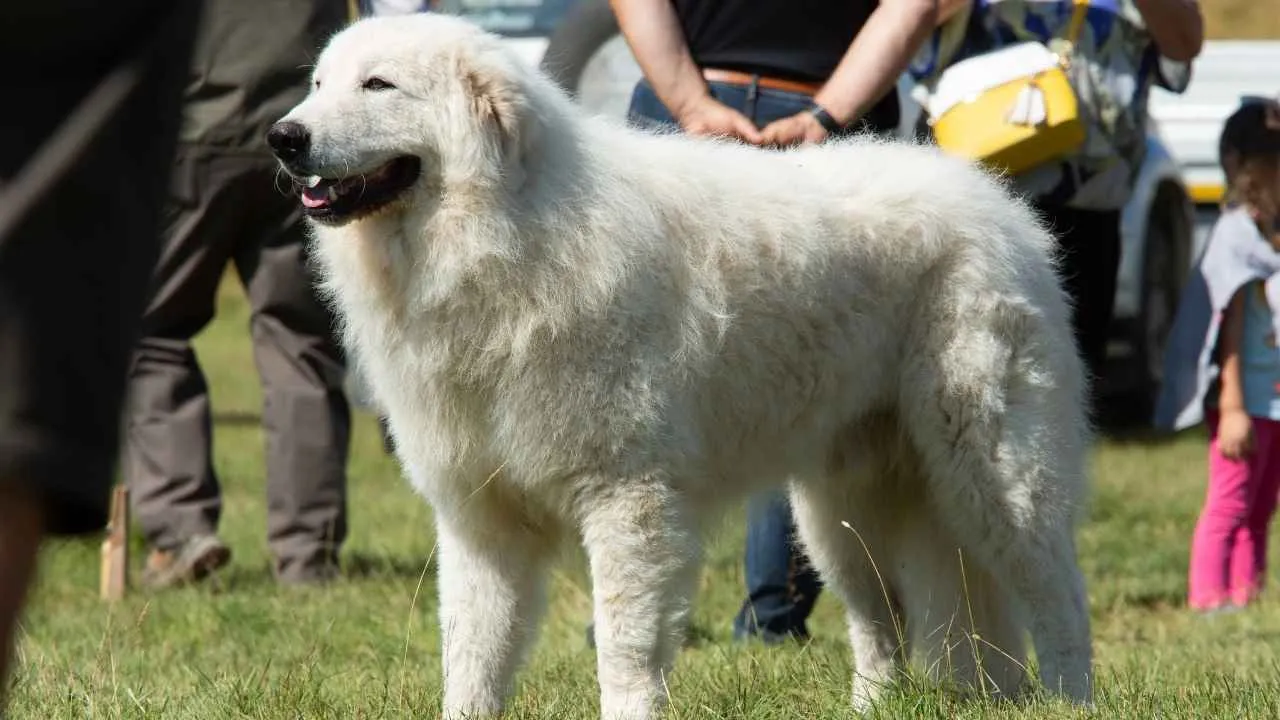
Maremmas are known for creating invisible boundaries while guarding large areas without supervision. They walk patterns around flocks to identify disturbances before they become a threat. This self-initiated scanning behavior is key in predator-heavy zones with dense brush or rough terrain.
Calm Confidence in Confrontations
Rather than acting out of panic, they stand firm and calm when approached by larger predators. Their stillness during encounters has proven effective in halting movement and causing hesitation. That pause can prevent wild animals from advancing closer to livestock.
Strong Bark as a Warning Tool
The Maremma’s deep, rhythmic bark is used to alert both animals and humans to approaching danger. The tone and duration change based on the type of threat identified. This communication method allows them to work efficiently even in silence-dominant environments.
Protective Behavior Without Aggression
They often position themselves between livestock and a threat, controlling movement without rushing forward. This blocking method signals predators to shift direction or retreat. It’s a tactic that reduces risk while keeping herd structure intact and uninterrupted.
7. Great Pyrenees
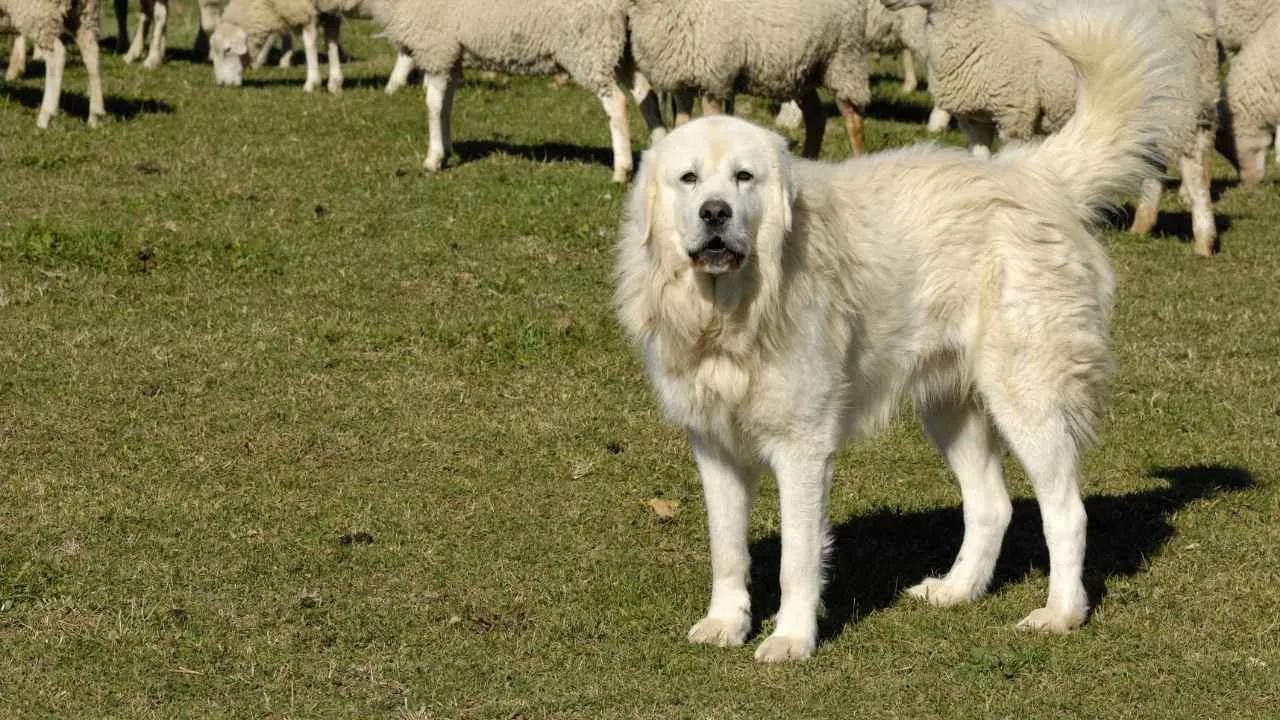
These dogs are known for their nocturnal patrol behavior, staying alert when most predators begin moving. They walk silently along fence lines or hillsides while scanning for shifting sounds or scents. Sudden movement or unnatural noises will trigger immediate positioning at the perimeter.
Calm but Immediate Reaction
A Great Pyrenees remains composed until action is necessary, which makes its timing precise when confronting predators. With strong legs and a sturdy build, it has the force to knock back animals much larger than itself. The calm posture often masks how quickly it can react.
Vocal Intimidation Tactics
Their bark is loud, rhythmic, and continuous once a threat is perceived nearby. It isn’t used randomly — the pattern is intended to alert both the predator and nearby humans or livestock. This barking strategy has been key to preventing attacks before they escalate.
Protective Radius Awareness
The breed tends to claim a wide boundary as its responsibility, circling the area on instinct. Even without visible fencing, it can remember spatial limits and patrol them accurately. This allows it to manage multiple threat directions during nighttime hours or in forested terrain.
Conclusion
Life in bear country isn’t always predictable. One minute it’s quiet, the next, a black bear or mountain lion may cross too close. But the right dog can stand in that gap. These breeds don’t chase for sport—they react with purpose.
With strong instincts, high prey drive, and a deep-rooted need to protect, they’re built for this work. Whether guarding food sources, livestock, or people, they hold their ground when others back off. While they can’t replace a plan or fencing, they add a powerful layer to safety.
In remote places, it often comes down to timing and the willingness to fight. These dogs are known to fight hard, protect fiercely, and live on alert. If you live in areas where black bears roam or where big cats watch from tree lines, the dog beside you may be the first, and best, line of defense.


